Quick Thoughts: Black Jack and Princess Knight
By apathylad 1 Comments
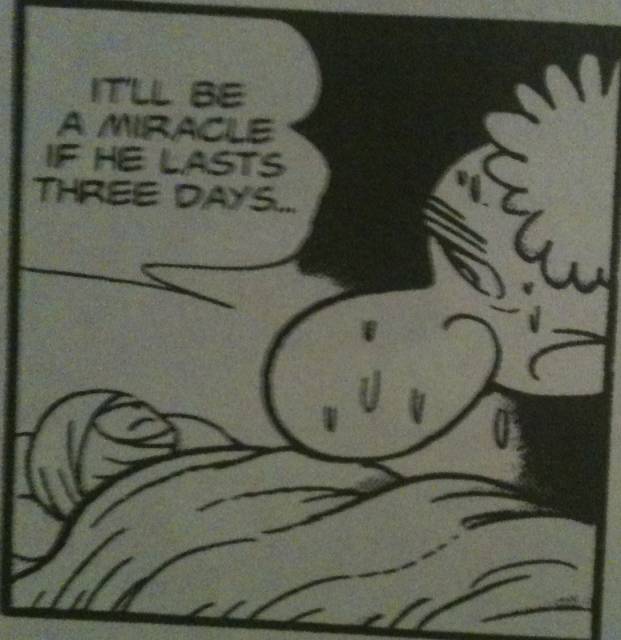
I’ve mentioned before on a previous blog that I am a big Astro Boy fan. In my high school, I checked out various volumes of Dark Horse’s translation of the series. Astro Boy: Omega Factor on the Game Boy Advance was an amazing game, and really handled Osamu Tezuka’s various works with love and respect. The game even had an encyclopedia that gave a brief background on Tezuka’s various characters. Tezuka often used the same characters in different projects, treating them as if they were actors and actresses appearing in different films (Tezuka’s “Star System”). It was easy to get an idea of how much Tezuka accomplished by looking over the various characters in Omega Factor’s database. Anyway, recently I checked out a volume of Black Jack, and a volume of Princess Knight, so I wanted to jot down my thoughts on both works.
Black Jack
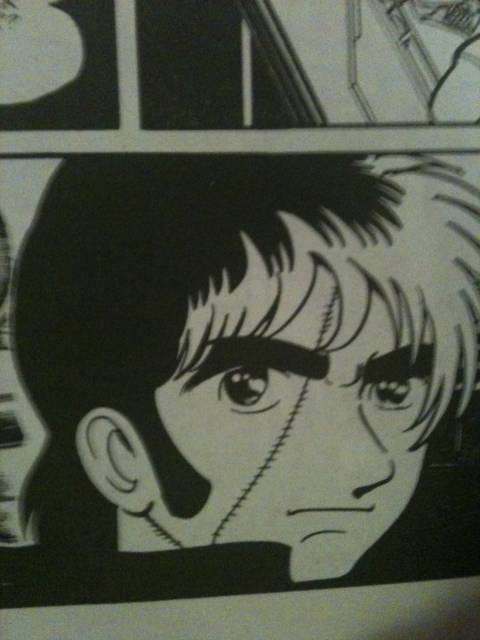
Black Jack is a mysterious surgeon who is able to perform impossible feats, and charges an extraordinary amount of money to accomplish these operations. The stories themselves are fairly brief and self-contained, featuring one operation per story. Osamu Tezuka had a medical license, but the operations themselves are not realistic. In one operation, Black Jack takes the organs found within a teratoma and constructs a human being while using synthetic parts. The character Pinoko is made through such a procedure, who becomes Black Jack’s young and lively assistant. One story I found really distracting involved a woman with ovarian cancer. Black Jack states that he would be able to save this woman, but he would be required to remove her uterus and ovaries. We are told that she would no longer be a woman because of their removal, and the narrative concludes with the patient being portrayed as a man. Now, I’m not a doctor, but I don’t think that’s how the surgery works.
Despite the cartoony artwork, Black Jack explores some darker themes than something like Astro Boy. Black Jack may be a talented surgeon, but even he has limits. His patients come from various financial backgrounds, and in some cases they're the villains of the story. There is also an existentialist story in which a young boy thinks about taking his own life, and through a conversation with a random laborer and watching Black Jack’s effort to save that man, the young boy is motivated to continue living.

I enjoyed some of the Black Jack stories more than others. At times seeing cartoon intestines made me a little queasy, but I really like the premise behind Black Jack. It’s not one of favorites, but I’ll check out a second volume and see if I’m more drawn to the story.
Princess Knight
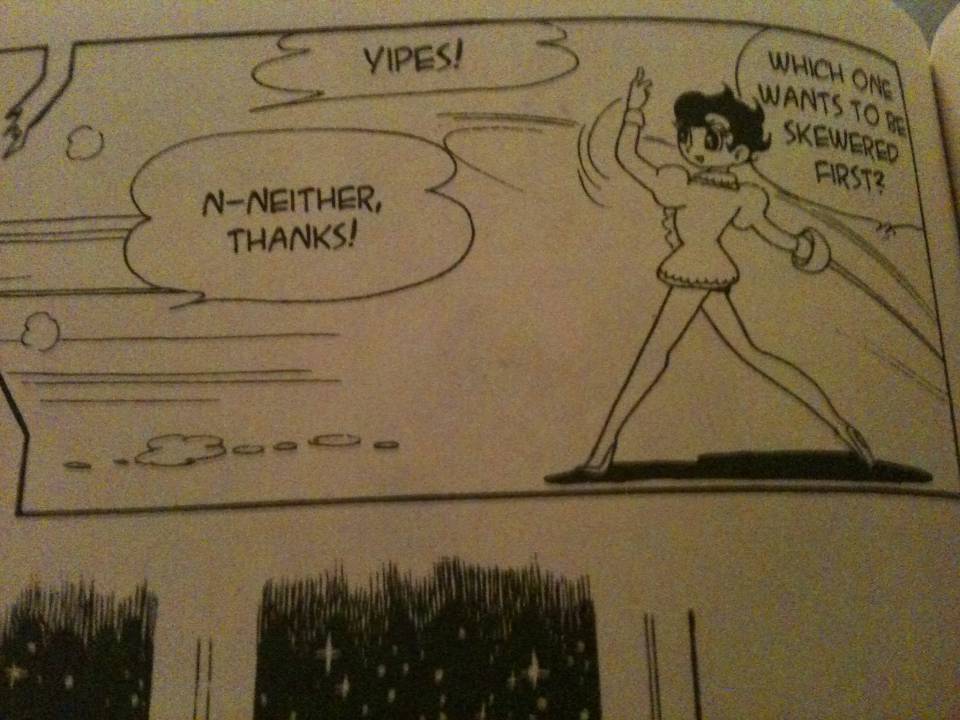
Before infants are born, children are assigned either a blue heart, or a red heart – the former if they are to be born male, and the latter if they are to be born female. Because of Tink, a troublesome angel, one of the babies is accidentally given both a blue and a red heart. Thus, Tink is banished to Earth and is told to return the blue heart to heaven. The baby is born as Princess Sapphire of Silverland, and her family raises her as a boy, because a woman cannot be an heir to the throne, otherwise the conniving Duke Duralumin and his son would take over.
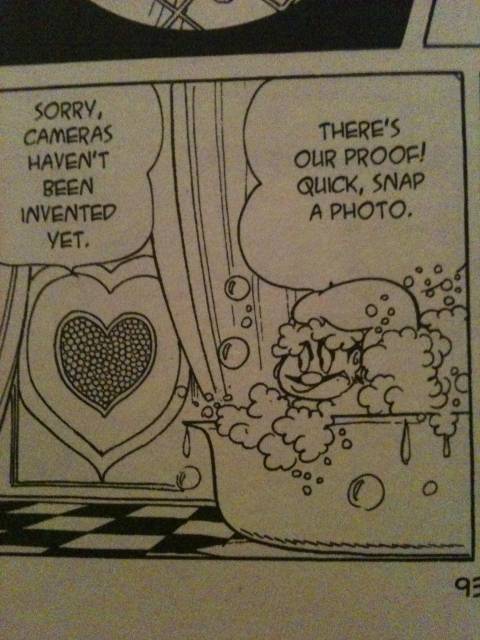
Princess Knight's story is much more light-hearted than Black Jack, and at many points it reminded me of a fairy tale you’d see in a traditional Disney film. It has a great sense of humor, and occasionally characters will even break the fourth wall. Princess Sapphire is depicted in having the qualities of the stereotypical princess, and the stereotypical knight, or hero in a fairy tale. She is very talented at fighting with a sword, resourceful, and committed to doing what is right, but she is also has an interest in going out dancing, but that would risk exposing her identity. She wears a wig and dress when posing as a girl, and soon falls for the young Prince Franz Charming. There is some humor in these encounters, because Prince Franz is infatuated with Sapphire when she is disguised as a common woman, but he sees Prince Sapphire as a rival, and is unable to conclude that the two are the same person.
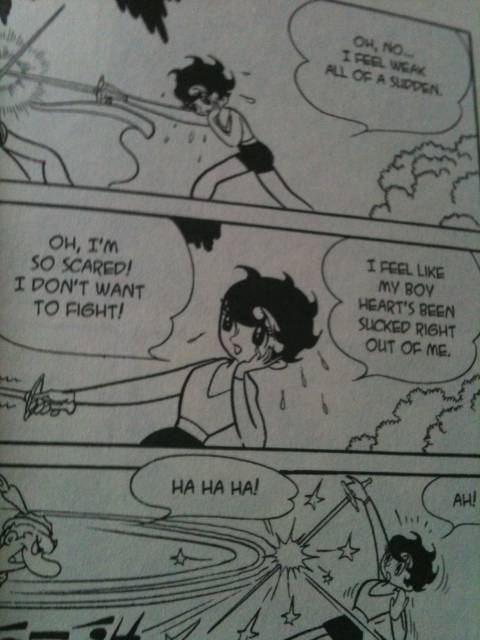
Princess Knight is seen as a work advocating feminism, which I could see in some scenes, but I’d disagree in others. Sapphire’s mother acknowledges that the law forbidding a female heir is a dated rule, but the story shows that the reason Sapphire is accomplished is because of her blue heart. The blue heart essence is briefly removed during a sword fight, which causes Sapphire to weaken and her fear to increase. It suggests that her courageous nature is a quality that is exclusively male, which will make readers uncomfortable. However, there are also a few scenes where Sapphire saves Prince Franz, causing his feelings for her to increase, despite his servants discouraging him from pursuing her. Given that this story was written in the 1950’s, the portrayal of women is different than today's standards, but it is arguable that Sapphire is more active than the Disney princesses that Tezuka borrows from.
I checked out the first half of the series, and I enjoyed enough to want to read through the second volume. It alludes to old Disney films, but it distinguishes itself from that material with it's own brand of humor and action.
